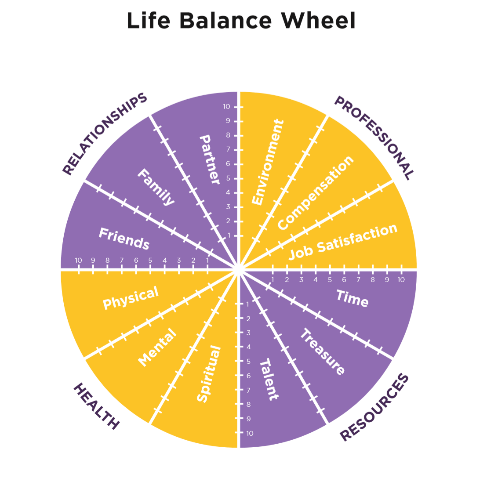Blog #222
This blog is the second installment of my insights and take-aways from a course called Inspiring Entrepreneurial Strategy I recently completed at Harvard Business School.
Professor Lynda Applegate presented a case study in which she described some early personal challenges that had influenced her in becoming a professor. After being tenured, life threw her a wonderful curveball – she had a son. Lynda continued by expressing how she made this relationship a priority. In fact, she served as her son’s soccer coach during his youth, and he played in high school and eventually played on a collegiate level.
With boundless energy, the semi-retired Applegate ran busily around the class, enacting and miming her story. The simple business analogy was this: when young children start to play soccer, the coach really only has to put the ball on the ground before all the kids come running after it. They stay focused on the ball, each one trying to kick it – sometimes in the wrong direction, sometimes it is a complete miss, and sometimes it actually works out. Someone connects, the ball moves in one direction or another, and the crowd of kids runs after the ball…and it happens again. Occasionally, a ball will end up in the net.
As the children progress, so do their skills. Superstars emerge. Eventually, the team starts to gel and work together. If you watch college or professional soccer, it is common for one team to get control of the ball then send it behind their line before strategically passing the ball back and forth to one another in the backfield. While passing, they look downfield, waiting and assessing opportunities, as well as their opponents’ strengths or weaknesses. Their forwards go in and test the skills of the opposing team’s defense, keeping their eyes downfield to define where they may have a strategic or competitive advantage and assessing how they can capitalize on it. They may test it; if it fails, the ball goes back behind the line and they reassess the situation.
When a solid opportunity presents itself, the team that usually wins is the one that is looking downfield and is confident that their team can execute quickly and flawlessly. The scores may often be the same – whether in youth or professional soccer games – but the reasons for success are very different.
This analogy resonated with me because I often observe and work with people who are talented, have an awesome team, and have great execution; however, it is easy to forget to keep looking downfield. As an entrepreneur or leader, it is important to remember the following (though not necessarily in the context of soccer):
- What is changing on the field?
- Where do we have a competitive advantage?
- Where are we stronger or weaker?
- How can we capitalize on it?
If we, as leaders, don’t take the time to raise our heads and remember to look downfield, assess, test, and execute, we are living in a reactionary mode. We may have superstar players and flawless execution, but if all we do is chase the ball, we will eventually get clobbered by someone looking downfield.
Currently, I am in the middle of my annual season with my leadership strategy work, and this simple analogy seems to be of value when we look at defining possible visions and goals, as it helps clients see where potential opportunities lie.
As the head of your organization, are you taking the time to look downfield? Remember, the higher you go in an organization, the more time you must invest in defining where you want to go…and we can help with that! Contact us today to find out more!
Keep Smiling,
Kris


